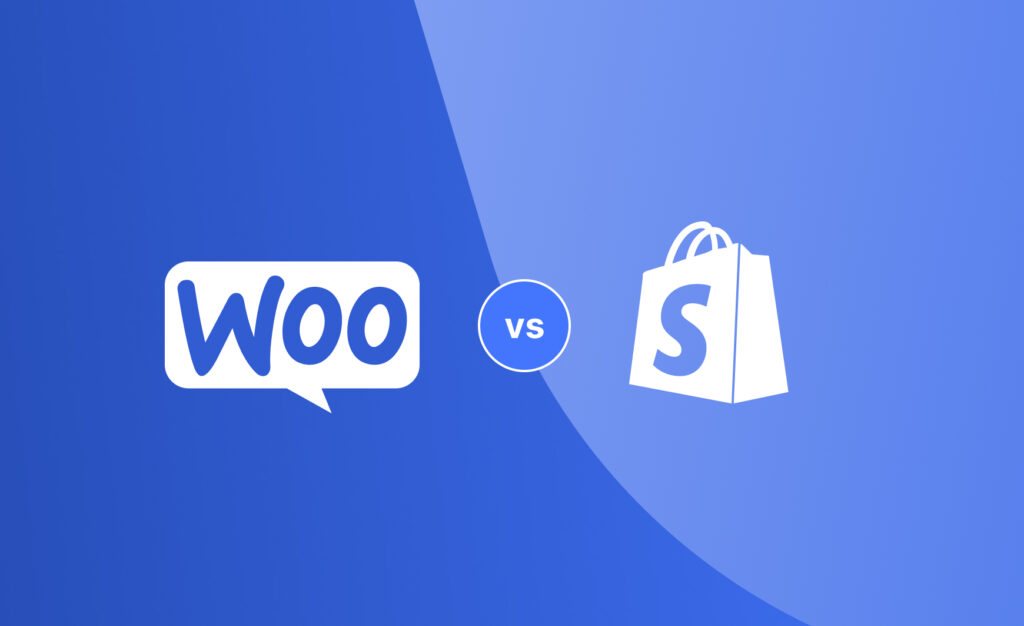
In the vast and dynamic landscape of the internet, the visibility of your WordPress site plays a pivotal role in its success. With search engines becoming the go-to resource for users, mastering WordPress SEO is not just a choice; it’s a necessity. In this comprehensive guide, we’ll delve into the best practices that can elevate your site’s visibility and ensure that your content reaches its intended audience.
Understanding the Basics of WordPress SEO
1. Optimizing Permalinks:
Start by customizing your permalinks to reflect the structure of your content. Use descriptive keywords, making it easier for search engines and users to understand the content of your pages.
2. Title Tags and Meta Descriptions:
Craft compelling title tags and meta descriptions for each page or post. These snippets not only influence click-through rates but also provide search engines with valuable information about your content.
3. Keyword Research:
Conduct thorough keyword research to identify terms relevant to your content. Utilize tools like Google Keyword Planner or other SEO platforms to understand what your target audience is searching for.
4. Quality Content is Key:
Google’s algorithms prioritize quality content. Create informative, engaging, and well-researched content that provides value to your audience. Regularly update your content to stay relevant and authoritative.
Advanced WordPress SEO Strategies
1. Optimizing Images for SEO:
Compress and optimize images to improve site speed, a crucial factor in SEO rankings. Use descriptive alt text for images to enhance accessibility and provide additional context for search engines.
2. Mobile Responsiveness:
Ensure your WordPress site is mobile-friendly. Google prioritizes mobile-first indexing, making a responsive design critical for SEO success.
3. Internal Linking:
Create a network of internal links to connect your content. This not only aids navigation but also distributes authority across your site, positively impacting SEO.
4. User-Friendly URLs:
Craft user-friendly URLs that reflect the structure of your content. Avoid complex URLs with unnecessary parameters, as clean and simple URLs are favored by search engines.
Technical SEO for WordPress
1. XML Sitemap Submission:
Submit your XML sitemap to search engines to help them understand the structure of your site and index your pages more efficiently.
2. Optimize Robots.txt:
Fine-tune your robots.txt file to guide search engine crawlers on which pages to crawl and which to avoid. This ensures that your important pages receive priority in indexing.
3. SSL Certificate:
Secure your site with an SSL certificate. Google considers HTTPS as a ranking factor, and a secure site builds trust with users.
4. Page Speed Optimization:
Site speed directly impacts user experience and SEO rankings. Utilize caching plugins, optimize images, and leverage content delivery networks (CDNs) to enhance your site’s speed.
Keeping Abreast of SEO Trends in 2024
1. Voice Search Optimization:
With the rise of voice search, optimize your content for natural language queries and conversational keywords.
2. Core Web Vitals:
Google’s Core Web Vitals, focusing on user experience metrics, are crucial for SEO in 2024. Prioritize factors like page loading speed, interactivity, and visual stability.
3. E-A-T Principles:
Expertise, Authoritativeness, and Trustworthiness (E-A-T) are paramount. Establish your site as a credible source by providing accurate and reliable information.
4. Video Content Optimization:
Video content continues to grow in popularity. Optimize your video content with relevant titles, descriptions, and transcripts for SEO benefits.
In the ever-evolving landscape of digital marketing, mastering WordPress SEO is essential for maximizing your site’s visibility. By implementing these best practices, both foundational and advanced, you can not only optimize your content for search engines but also enhance the overall user experience. Stay informed about the latest SEO trends and consistently refine your strategy to ensure your WordPress site remains a prominent player in the digital arena. Elevate your site’s reach and impact with the power of effective WordPress SEO.



